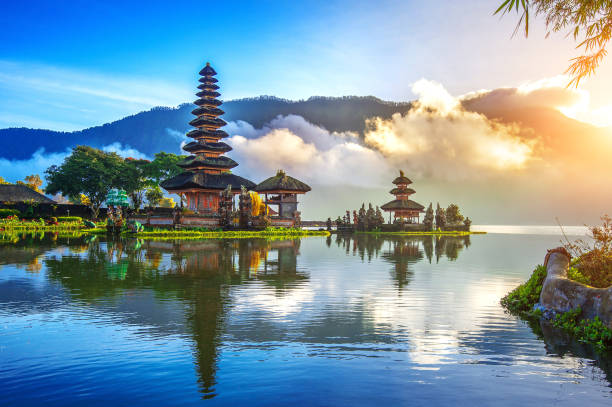Scuba diving is an exhilarating experience that offers a unique exploration of the underwater world. It provides divers with the opportunity to observe marine life in its natural habitat, explore underwater caves and tunnels, and discover hidden treasures beneath the sea. One of the most exciting aspects of scuba diving is exploring shipwrecks. These sunken vessels create artificial reefs that attract a diverse range of marine life and offer a fascinating glimpse into history.
One such wreck is the SS Yongala in Australia. Located off the coast of Queensland near Townsville, this steamship sank during a cyclone in 1911. Today, it lies 30 meters below sea level and has become one of Australia’s most popular dive sites due to its abundant marine life including giant groupers, rays, turtles, barracudas and even occasional sightings of bull sharks.
Another must-visit wreck for any serious diver is The Thistlegorm in Egypt’s Red Sea. This British vessel was sunk by German bombers during World War II while carrying supplies for Allied forces. Now lying at a depth between 16 to 32 meters below surface level, it offers divers an intriguing look into wartime history with military vehicles like trucks and motorcycles still visible within its hold.
The USAT Liberty Wreck in Bali stands out as another remarkable site for scuba diving enthusiasts. Torpedoed by Japanese submarines during WWII before being beached on Bali’s eastern coastline, it slid into the ocean following volcanic activity from Mount Agung in 1963. At depths ranging from just three to thirty meters below surface level, this wreck teems with vibrant coral growths and hosts over four hundred species of fish.
In Europe’s Mediterranean Sea lies The Zenobia – considered one of the best wrecks worldwide due to its size and accessibility despite sinking only recently in 1980 on her maiden voyage off Cyprus’ Larnaca coast when her computer systems malfunctioned causing massive capsizing. The Zenobia, a 178-meter long roll-on-roll-off ferry, now lies on her port side at depths ranging from 16 to 42 meters and is home to large schools of fish.
Finally, the Fujikawa Maru in Truk Lagoon, Micronesia is an absolute must-visit for wreck enthusiasts. Sunk during Operation Hailstone in WWII, this former aircraft transport ship now rests at a depth of about 34 meters. It’s famous for its cargo holds filled with Zero fighter planes and military equipment.
These are just some of the best scuba diving shipwrecks to explore around the world. Each one offers unique experiences that combine adventure, history and marine biology into one unforgettable dive. Whether you’re an experienced diver or just starting out on your underwater adventures, these wrecks offer fascinating insights into our past while providing homes for diverse marine ecosystems.

